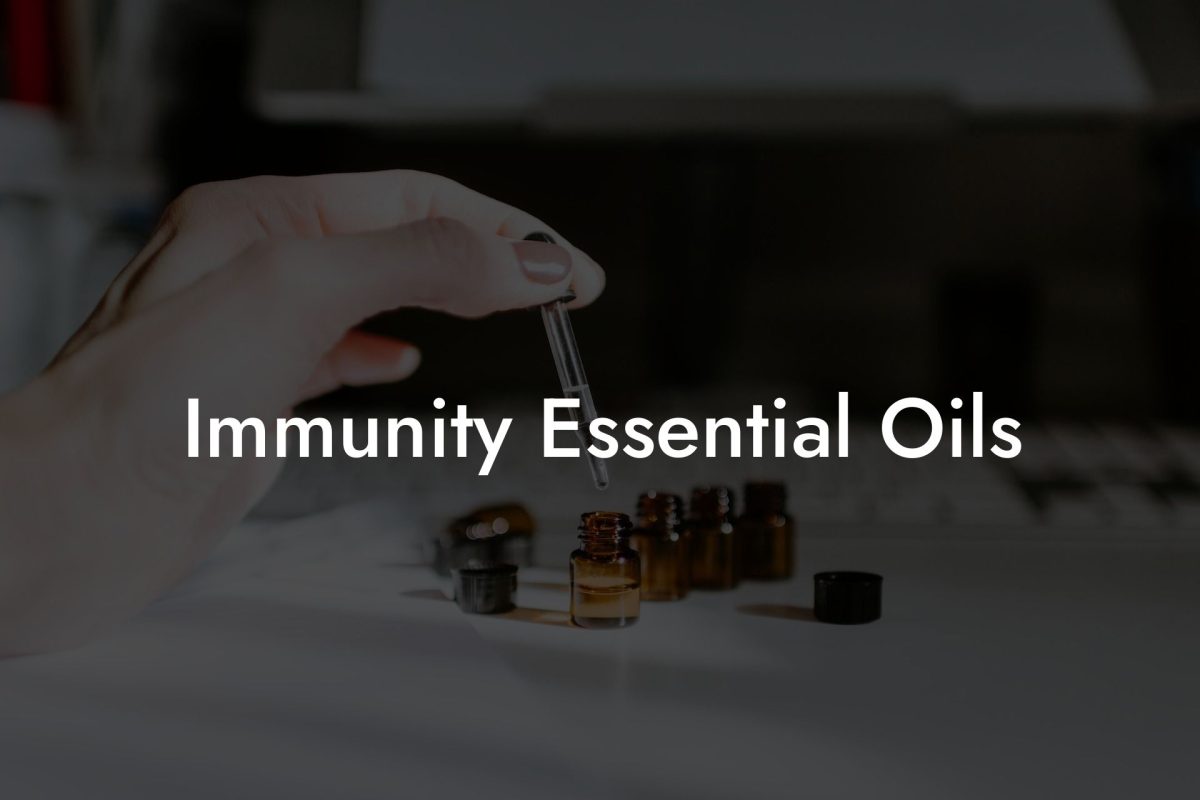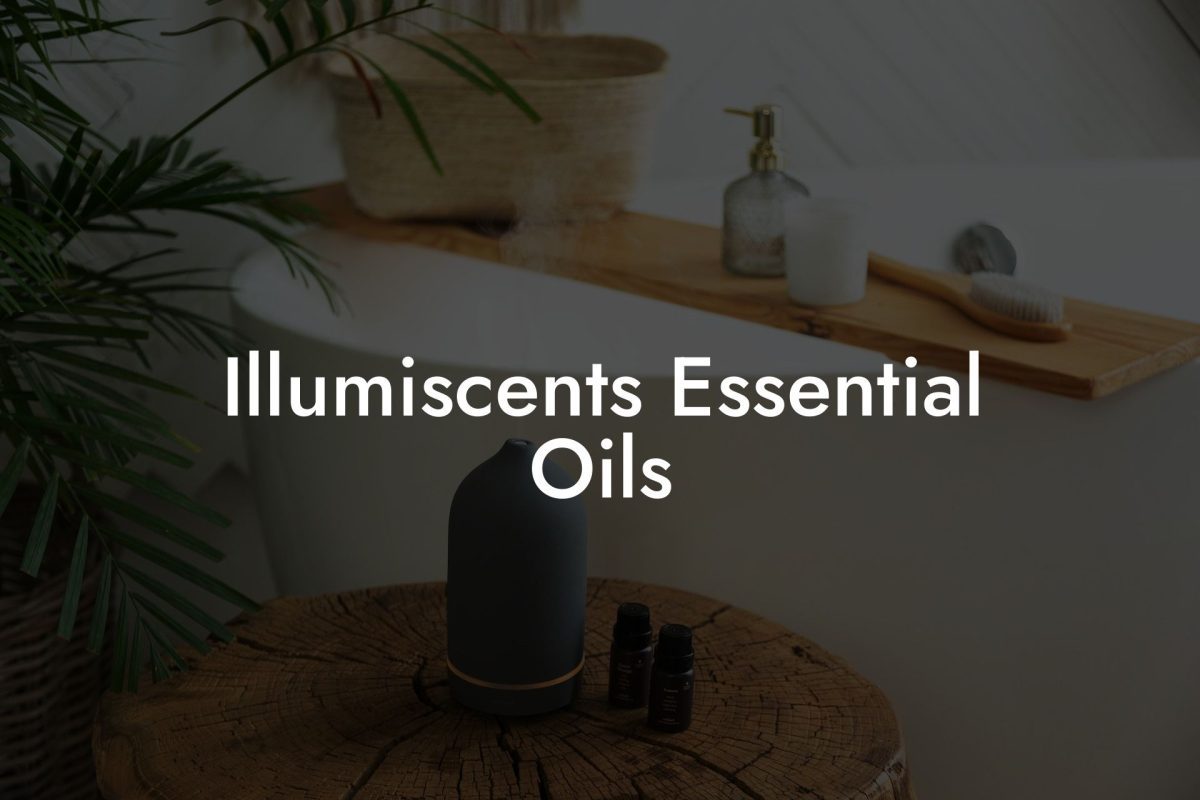Discover the fascinating world of essential oil perfumes and create your own unique, all-natural scents with our easy recipes. Unleash your inner perfumer and dive into the enchanting realm of aromatic blends that not only smell incredible but also offer a range of holistic benefits.
Table of Contents
Benefits of Essential Oil Perfumes
Essential oil perfumes are gaining popularity due to their natural, chemical-free nature. Unlike synthetic fragrances, they offer a multitude of benefits:
- Non-toxic: They are free from harmful chemicals and synthetic compounds, making them a safer option for you and the environment.
- Therapeutic properties: Essential oils have been used for centuries to promote physical, mental, and emotional well-being. By incorporating them into your perfumes, you can enjoy their aromatherapy benefits.
- Customizable: Crafting your own essential oil perfume allows you to mix and match oils to create your signature scent, tailored to your preferences and needs.
- Eco-friendly: By using essential oils and sustainable packaging, you reduce plastic waste and promote a greener lifestyle.
Choosing Your Essential Oils
When it comes to selecting essential oils for your perfume, consider the following aspects:
- Top notes: These are the first scents you notice when you smell a perfume. Top notes are light and evaporate quickly, typically consisting of citrus, fruity, and minty oils such as lemon, orange, bergamot, grapefruit, or spearmint.
- Heart notes: Also known as middle notes, these make up the core of the perfume. Floral, spicy, and herbaceous essential oils like lavender, geranium, cinnamon, and basil are commonly used.
- Base notes: These scents provide depth and lasting power to your perfume. Woody, earthy, and resinous oils such as sandalwood, patchouli, cedar, and frankincense make excellent base notes.
Creating Your Perfume Blend
Follow these steps to create your unique essential oil perfume:
- Choose your oils: Select a combination of top, heart, and base notes that harmonize well together.
- Determine your ratios: Use a higher proportion of base and heart notes than top notes. A common ratio is 30% top notes, 50% heart notes, and 20% base notes.
- Blend the oils: Add your chosen oils to a small glass container, following the ratio you have determined. Gently swirl the container to mix the oils.
- Dilute the blend: Add a carrier oil like Jojoba or Fractionated Coconut Oil to the essential oil mix, typically at a 10% dilution. For example, add 9 parts carrier oil to 1 part essential oil blend.
- Package your perfume: Transfer the diluted blend to a glass roller bottle, spray bottle, or solid perfume container.
Essential Oils Perfume Recipes Example:
Let’s create a simple, uplifting essential oil perfume using the following blend:
- Top note: 2 drops Bergamot
- Heart note: 3 drops Lavender
- Base note: 1 drop Cedarwood
Add the essential oils to a small glass container and gently swirl to blend. Dilute the mixture with Jojoba oil, maintaining a 10% dilution. For example, mix 6 drops of the essential oil blend with 54 drops of Jojoba oil. Transfer the mixture to a glass roller bottle and enjoy your all-natural, uplifting essential oil perfume!
We hope you enjoyed learning about the enchanting world of essential oil perfumes and found inspiration to create your very own unique scents. Share this article with friends and family who may be interested in exploring the realm of natural perfumery. Don’t forget to check out our other guides on Oshu Oils and explore our range of exquisite essential oils to help you craft your perfect perfume blend. Happy blending!





















